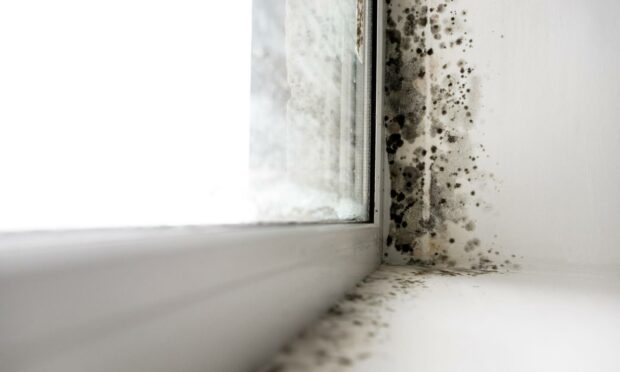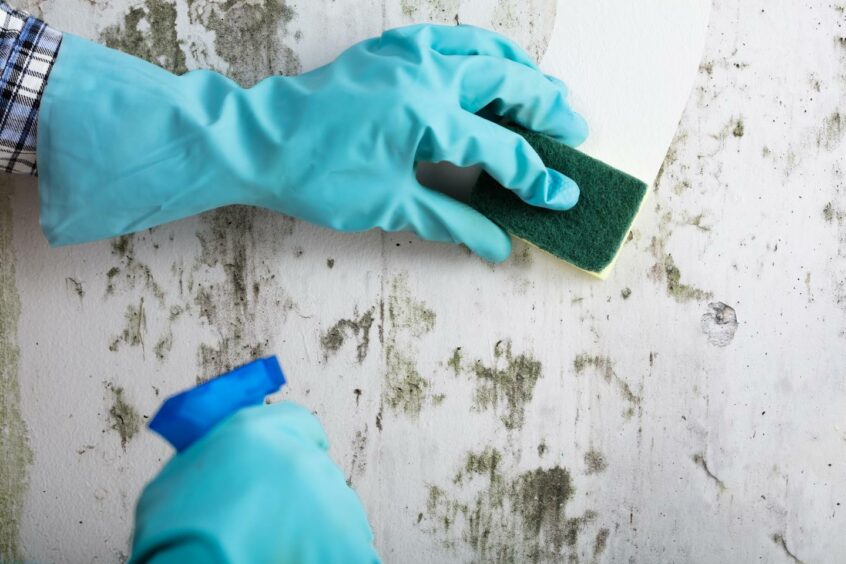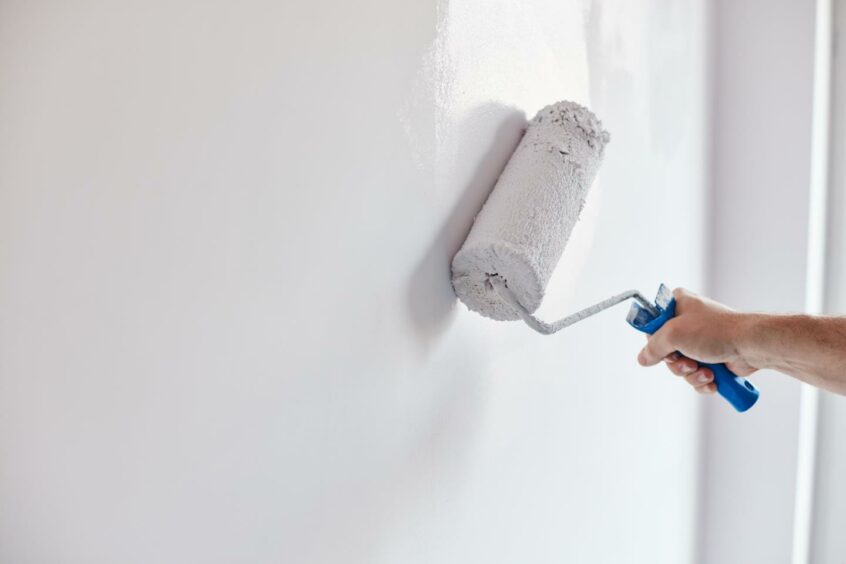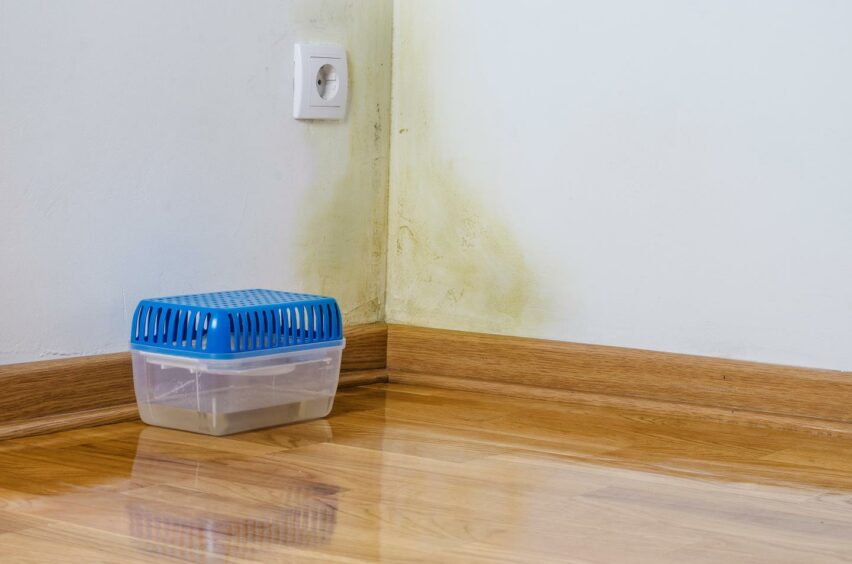As it gets colder, you may be beginning to notice annoying patches of mould or damp forming on your walls and ceilings.
But why is mould such a problem in the winter? How can you banish it from your home for good? And how does it affect your health?
We’re answering all your questions about how to keep your house mould-free this winter.
Why is mould worse in the winter?
Because of the colder weather, we tend to keep our windows and doors closed and we’re more likely to have the heating on at this time of year.
This means our homes lack proper ventilation, which can cause humid air to gather.
Over time, condensation builds up, creating the perfect conditions for mould to grow.
How can I get rid of mould?
Before removing any mould, you should ensure you have protective equipment such as masks, to ensure you don’t breathe in any harmful spores.
For a cheap and simple option – if you only have small patches of mould – brands such as Cillit Bang, Dettol and Mr Muscle all sell mould and mildew remover sprays.
These can be sprayed on the affected area and will remove the mould by wiping it away, or simply leaving it on the surface.
At-home remedies such as mixing one part bleach with four parts water can also be effective at removing mould from painted walls and ceilings.
If you own your home or have permission from your landlord, you could invest in some anti-mould paint and give your most affected rooms a fresh coat.
The paint works by resisting moisture and steam, meaning mould cannot grow there.
You should remove any mould before using the paint in your home. It usually lasts five to six years before needing to be repainted.
You could also invest in a dehumidifier or moisture absorber, to minimise the amount of condensation in the room in the first place.
Alternatively, leaving your windows open for as little as 10 minutes a day, or keeping doors open for air to circulate through the home can also be effective.
How does mould affect your health?
According to the NHS, moulds produce allergens, irritants and sometimes even toxic substances.
Inhaling or touching mould spores can cause an allergic reaction such as sneezing, a runny nose, red eyes and skin rash. Moulds can also cause asthma attacks.

Mould and damp can negatively impact everyone, but can be especially bad for:
- Babies and children
- Elderly people
- Those with skin problems, such as eczema
- Those who have respiratory problems, such as allergies and asthma
- People with a weakened immune system, such as those having chemotherapy



